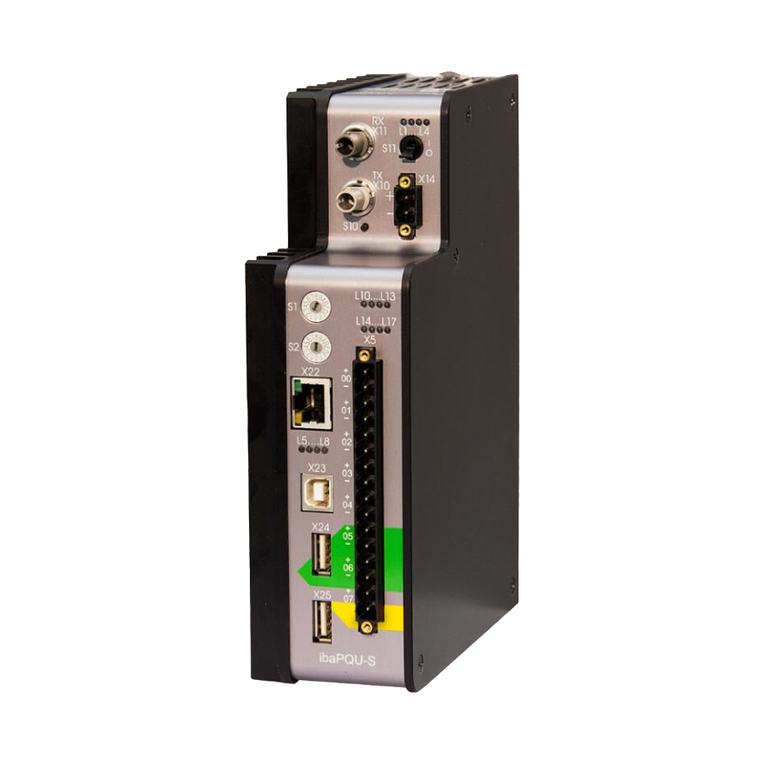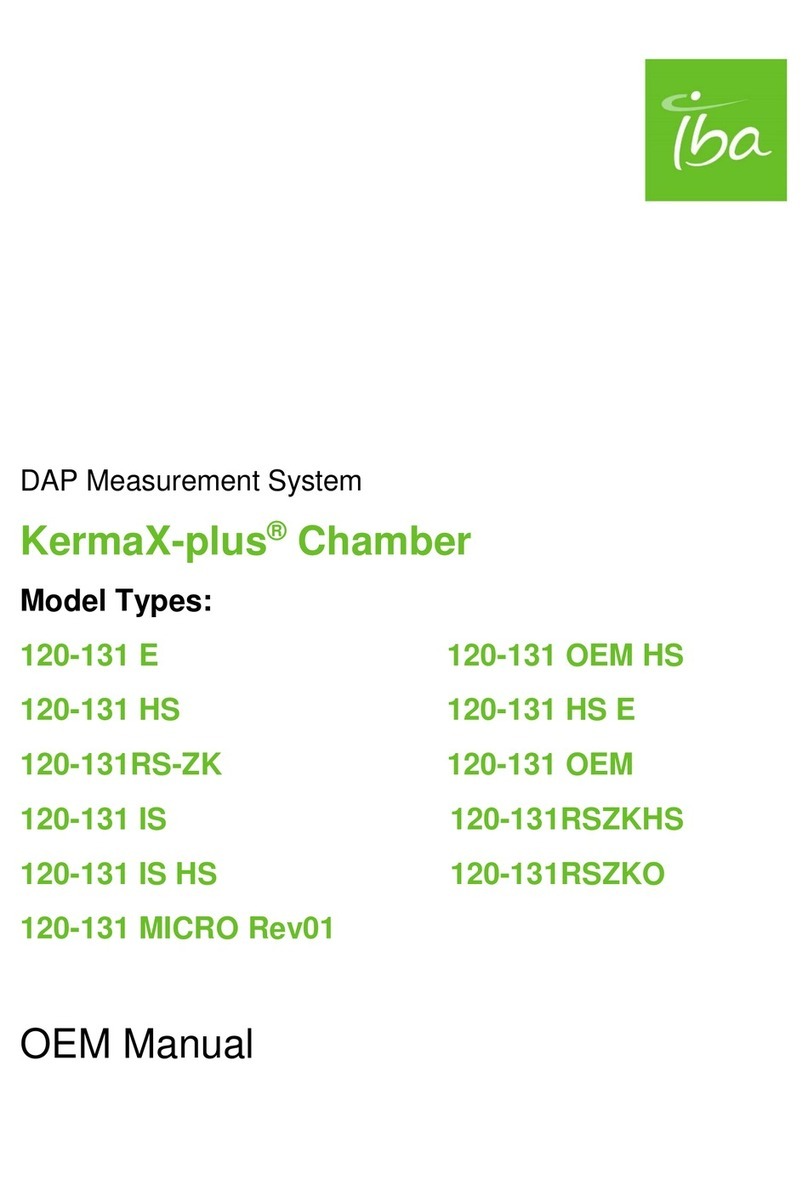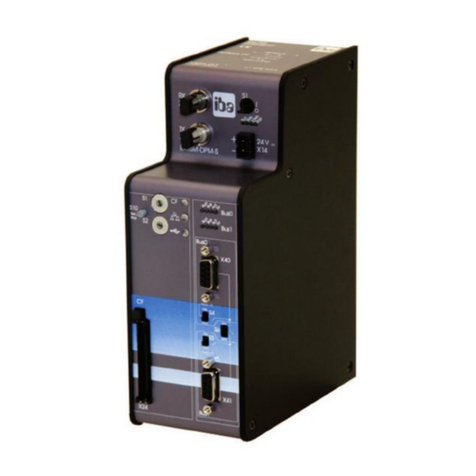
Issue 1.11 3
Table of contents
1About this manual...........................................................................................5
1.1 Target group.................................................................................................. 5
1.2 Notation......................................................................................................... 5
1.3 Symbols used................................................................................................ 6
2About this product ..........................................................................................7
2.1 Description .................................................................................................... 7
2.2 Areas of use.................................................................................................. 7
3Scope of delivery.............................................................................................8
4System requirements in the ibaPDA computer ............................................9
4.1 Hardware ...................................................................................................... 9
4.2 Software........................................................................................................ 9
4.3 ibaBM-DDCS................................................................................................. 9
4.4 Converter and automation systems ............................................................... 9
5Safety guidelines...........................................................................................10
6Assembly and disassembly ......................................................................... 11
6.1Assembly .................................................................................................... 11
6.2 Disassembly................................................................................................ 11
7Description of the device..............................................................................12
7.1 Properties.................................................................................................... 12
7.2 Functions .................................................................................................... 12
7.3 Configuration............................................................................................... 12
7.4 Computer side............................................................................................. 12
7.5 Device layout............................................................................................... 13
7.5.1 Operating status display (status LEDs) (1) .................................................. 13
7.5.2 Status LEDs data set query (2) ................................................................... 14
7.5.3 Status LEDs parameter query (3) ................................................................ 14
7.5.4 24 V power supply (4) ................................................................................. 14
7.5.5 X30 Rx (5) and X31 Tx (6)........................................................................... 14
7.5.6 X32 Rx (7) and X33 Tx (8)........................................................................... 15
7.5.7 X34 Rx (9) and X35 Tx (10)......................................................................... 15
7.5.8 Rotary switch S1 (11) .................................................................................. 15
7.5.9 Fiber optic connections X10 TX (12) and X11 RX (13)................................. 15
8ibaBM-DDCS in ABB environment...............................................................16
8.1 Configuration with data set and parameter channel..................................... 16
8.2 Cascading ibaBM-DDCS devices ................................................................ 17
8.3 Data set channel ......................................................................................... 18
8.3.1 Data sets..................................................................................................... 18
8.3.2 Star topology with NDBU mode REGEN ..................................................... 19
8.3.3 Star topology with NDBU mode DDCS/DRIVE BUS .................................... 21
8.3.4 Ring topology .............................................................................................. 23
8.4 Parameter channel ...................................................................................... 25
8.4.1 Parameter ................................................................................................... 25
8.4.2 Star topology............................................................................................... 26
































